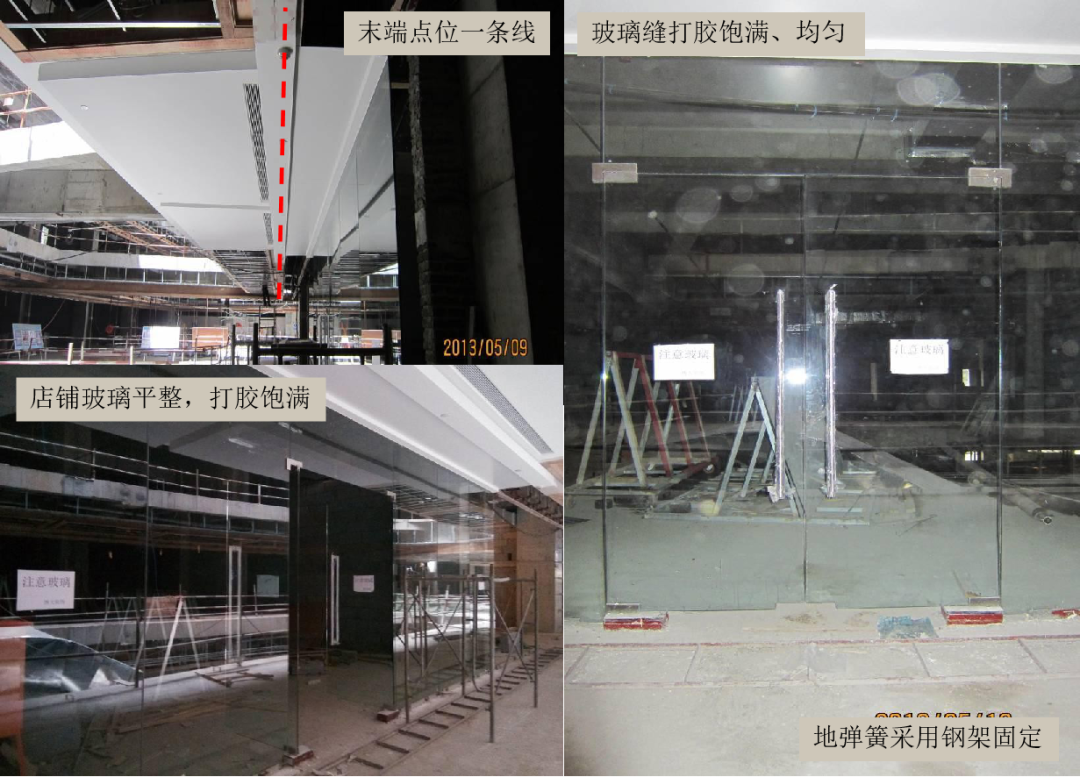01
Common faults in fire detectors
(1) Fault phenomenon: fire alarm controller issued a fault alarm, fault indicator on, printer print detector fault type, time, location, etc.
(2) The cause of the fault: the detector and the base fall off, poor contact, the alarm bus, and the base contact are poor, the alarm bus open or poor ground performance caused by a short circuit, the detector itself is damaged, the detector interface board failure.
(3) Exclusion method: retighten the detector or increase the contact area between the base and the detector reed, re-press the bus so that it has good contact with the base, find out the faulty bus position and replace it, replace the detector, repair or replace the interface board.
02
Common failures of the main power supply
(1) Fault phenomenon: fire alarm controller issued a fault alarm, the main power failure light is on, the printer print main power failure, time.
(2) Cause of failure: power failure, poor contact with power cords, fuses of mains fuses, etc.
(3) Exclusion method: continuous power failure 8h should be shut down, the main power is normal and then powered on, re-connect the main power cord, or weld solid with soldering iron, replace the fuse or safety pipe.
03
A common failure of the backup power supply
(1) Fault phenomenon: fire alarm controller issued a fault alarm, backup power failure light on, printer print power failure, time.
(2) Cause of failure: damaged backup power supply or insufficient voltage, poor contact with backup battery wiring, fuse, etc.
(3) Exclusion method: After charging 24h, the power supply is still reported to the fault, replace the backup battery, weld the power-reserved cable with a soldering iron, so that the power supply and the host good contact Replace the fuse or safety pipe.
04
Common communication failures
(1) Fault phenomenon: fire alarm controller issued a fault alarm, communication failure light on, printer print communication failure, time.
(2) Cause of failure: Damaged or unelected or powered on the area alarm controller or fire display panel, damaged communication interface board, short circuit, open circuit, or poor ground performance of the communication line caused by a short circuit.
(3) Exclusion method: replace the equipment, make the equipment power supply normal, open the alarm controller, check the communication line between the regional alarm controller and the centralized alarm controller, if there is an open circuit, short circuit, poor ground contact, and other faults, replace the line, check the communication board of the regional alarm controller and the centralized alarm controller, if there is a fault, repair or replace the communication board If communication problems are caused by equipment such as detectors or modules, replace or repair the equipment.
Major failure
05
Strong electrical string into the automatic fire alarm system
(1) The cause: mainly weak power control module and the alleged equipment start-up control cabinet interface, such as roll curtains, pumps, smoke-proof fans, fire valves, and other places where strong electrical stringing occurs.
(2) Exclusion: Add an electrical isolation module between the control module and the controlled equipment.
06
Damage to the controller caused by a short circuit or a ground fault
(1) Cause: The transmission bus and the earth, water pipes, air conditioning pipes, etc. have an electrical connection, resulting in damage to the controller interface board.
(2) Solution: do a good job of line connection and insulation treatment as required, so that the equipment is as far as possible and water pipes, air-conditioning pipes are separated, to ensure that equipment and line insulation resistance meet the design requirements.
Cause of false alarm of the fire automatic alarm system
07
Product quality
Product technical indicators do not meet the requirements, the stability is relatively poor, the use of environmental non-fire factors such as temperature, humidity, dust, wind speed caused by sensitivity drift can not be compensated or low compensation capacity, the impact of various interference and line analysis parameters can not be automatically processed and false positives.
08
Improper selection and layout of equipment
(1) Detector selection is unreasonable: high sensitivity fire detector can alarm at very low smoke concentration, on the contrary, a low sensitivity detector can only alarm in high concentration smoke environment, such as in conference rooms, underground garages, and other smoke-prone environments to choose high sensitivity smoke detector, in the boiler room high-temperature environment to choose a fixed temperature detector.
(2) When the appropriate detectors are not replaced in time after the change like the place of use, such as changing offices, shopping malls, etc. into kitchens, bathrooms, and conference rooms, the original smoke-sensing fire detectors will be affected by non-fire alarm factors such as oil smoke, cigarette smoke, water vapor, dust, pesticides and corrosive gases such as alcohols, ketones, and ethers.
09
environmental factors
(1) Electromagnetic environmental interference is mainly manifested in air electromagnetic wave interference, power supply, and other input and output lines of narrow pulse groups, static electricity of the human body.
(2) Airflow can affect the flow line of flue gas, which has a greater impact on the detection of ion-sensing smoke and has a certain effect on photoelectric smoke detectors.
(3) Temperature detector arrangement from the high-temperature light source too close, smoke detector from the air conditioning air outlet too close, temperature detector installed in easy to produce water vapor, garage, and other places.
(4) Photoelectric smoke detectors are installed in places where black smoke, large amounts of dust, steam, and oil mist may be generated.
10
Other reasons
(1) System ground is ignored or does not meet the standard requirements, line insulation does not meet the requirements, line joint crimping is poor or unreasonable wiring, the system before the opening of dust, moisture, anti-corrosion measures mishandled.
(2)Component aging, general fire detector service life of about 10 years, every 3 years requires comprehensive cleaning.
(3) Dust and insects, according to statistics,60% of false positives are due to dust.
(4)The detector is damaged.


